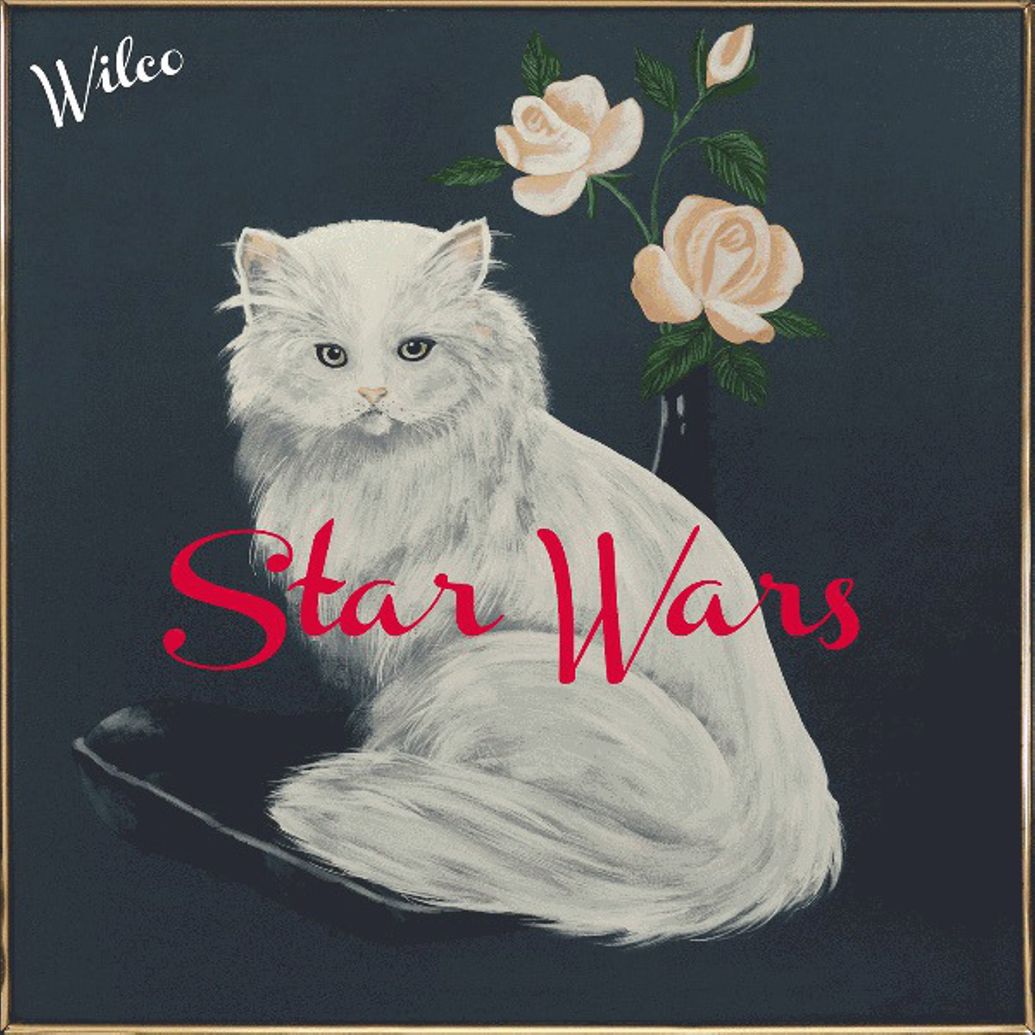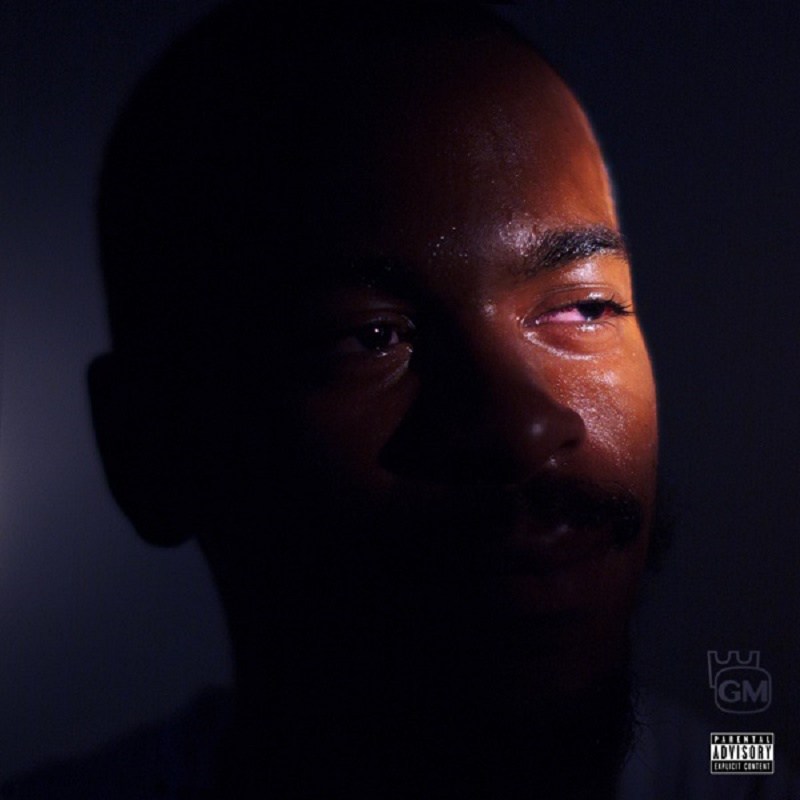
The world’s third largest capital Mexico City is a place that in recent years has attempted to distant itself from corruption and drug war associations, as well as embarrassing stereotypes by creating a cultural boom of talent ready to be exported and displayed to the world as a symbolism of their growth. The export showcase includes film directors: Guillermo Del Toro (Pan’s Labyrinth) and the Oscar-winning Birdman director Alejandro González Iñárritu, It also stretches into international successes in music including Latin dance-pop artist Paulina Rubio who incidentally has sold 20 million records worldwide.
Natalia Lafourcade opens the doors to a new stage in Mexican culture export potential and can use Rubio’s success as a platform to promote a more sophisticated and hipster-approving style of music production. For many Lafourcade fans who have followed her work since her solo birth in 2003, the eclectic musician is the antithesis to Rubio and from listening to her last two albums, it is easy to understand why. Her fourth LP Hu Hu Hu, released in 2009, was her resurrection from a hiatus and showed a quirky and free-spirited side to her music, whilst also embracing her musical education and heritage with fireworks of imagination.
The animal branding (Tiger head costume on the album artwork, fancy dress orchestra for her “Un Lugar Para Renacer” music video, owls on MySpace page and a lynx on her YouTube channel), along with the Yann Tiersen accordions, marching bands, toy pianos and multi-layered theatrical compositions painted a colourful circus that could be inside the ambitious yet love luckless mind of Amelie Poulain. Regina Spektor influences in terms of piano-voice synchronicity on “Ella es Bonita” and “Nino Hojas, expansive Feist eccentricity on “Cursis Melodies” and lush Jose Gonzalez-esque acoustic guitar entertainment on “Siempre Prisa” gave it a familar sound for English-speakers alienated by the Spanish-language content. Although, at least three tracks in English demonstrated overseas ambitions.
Six years later, Lafoucade returns with a short and neat Audrey Hepburn haircut on her jazz-styled album sleeve for fifth album Hasta La Ruíz (To The Root) suggesting a more mature, retro, serious and refined album with growth, away from the heavily-inspired predecessor. Whilst Hu Hu Hu had a celebratory confetti sound to match it’s theme of happiness, the new album is more efficient, disciplined, less dramatic and confident in keeping things simple. Lyrically it’s straight to the point and addresses more important adult issues with a guru thinking cap.
Lead single “Nunca Es Suficiente (Never Is Enough)” is an intelligent mix of mid-tempo reggae rhythms (notably similar to Lily Allen’s “Smile”) and a consistent acoustic energy wrapped in a bossa nova environment. It’s accompanied by a music video complete with effectively nauseating camera tricks and is the first of many wise and experienced observations about love. “Para Que Surfir” is more obviously bossa nova with gorgeous understated vocals blending smoothly with it’s calpyso-flavoured guitar, subtle percussion and feather light drums.
The mature vibe is also felt on the relaxing “Antes du Huir (Before Fleeing)” which imagines intimate dances between couples and the romantic moment before a lucky kiss at a school prom. Think Elvis Presley’s “I Believe” or The Righteous Brother’s “Unchained Melody”. Although the lyrics are again pessimistic and compare heartbreak to an illness, “Palomas Blancas (White Doves)” is a an intriguing ballad, with a composition that hints at the theme tune to For Your Eyes Only, whilst also utilizing tremolo-filled blues guitar to give it an intoxicating impact.
The album’s title Hasta La Ruiz, translates as “To the root” and “Vamonos Negrito (Come Bold)” displays her Mexican childhood roots and surroundings. It contains a tribal rhythm, foggy brass and rapid strumming of guitars in the style of Jarocho music, amongst cinematic strings. The Jarocho element isn’t completely surprising considering she lived in the birthplace of the sound in Veracruz, Mexico with her mother.
Although not all songs are relaxing and suitable for a lounge bar. Energetic choruses exist in “Ya No Te Puedo Querer (I Can No Longer Wait)“, an odd yet successful pairing of teasing cinematic violins, disco strings along with R.E.M jangle pop. “Te Quiero Ver (I Want To See)” is a lively classic guitar dominated song with slices of space-age electronic effects and trumpets, yet it fits with in the album’s atmosphere for still being light in it’s layers and delivery.
Penultimate track “Estoy Lista (I’m Ready)” is one of many beautiful songs on the album that exemplify Lafourcade’s mesmerizing grace and growth from her previously childish tone. It’s a slow-building piano-rock song, which like a majority of the album, is emotional, close to the heart and declares itself as an instant classic on a first listen. With it’s newly self-belief announcement, farewells to past memories and spiritual entrance into a new life chapter, it appropriately should be the finale.
Yet for some peculiar reason, there is an extra track entitled “No Mas Llorar“, that despite containing ethereal humming and an experimental dark atmosphere feels unnecessary. That negative point aside, the album is admirably progressive, delightfully smooth and so enjoyable it’s easy to forget it’s in Spanish. It’s a musical gem for Mexico, who should soon declare Natalie Lafourcade as a national treasure. Although without an English-language track this time, it’s still debatable whether she will achieve the international breakthrough she deserves. is out now via Sony Music Mexico, purchase the album here.
Words by Matt Hobbs





